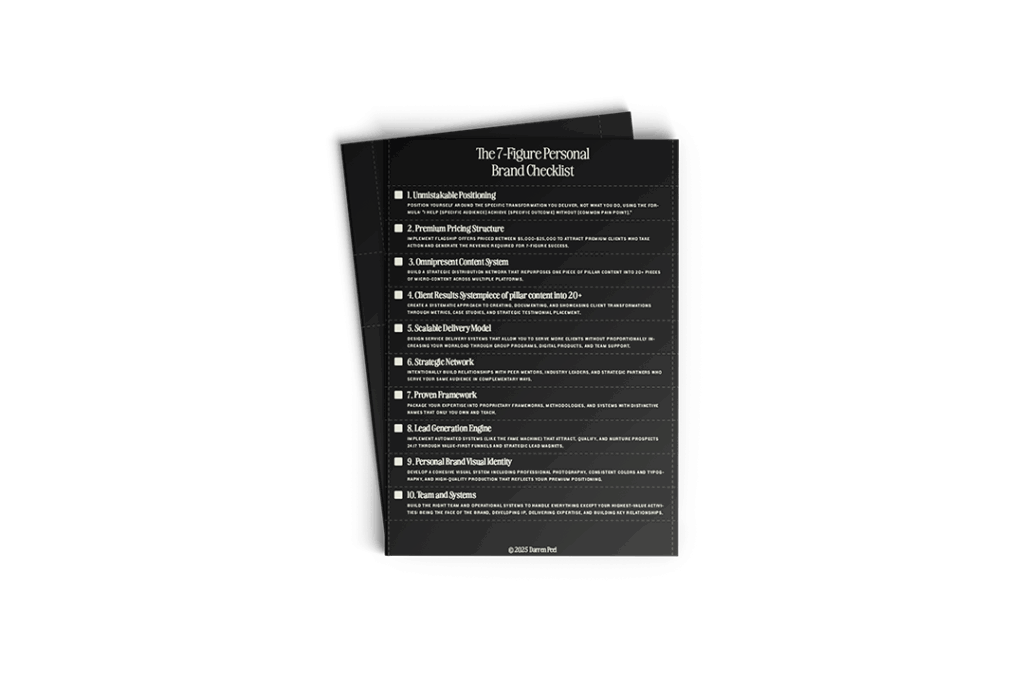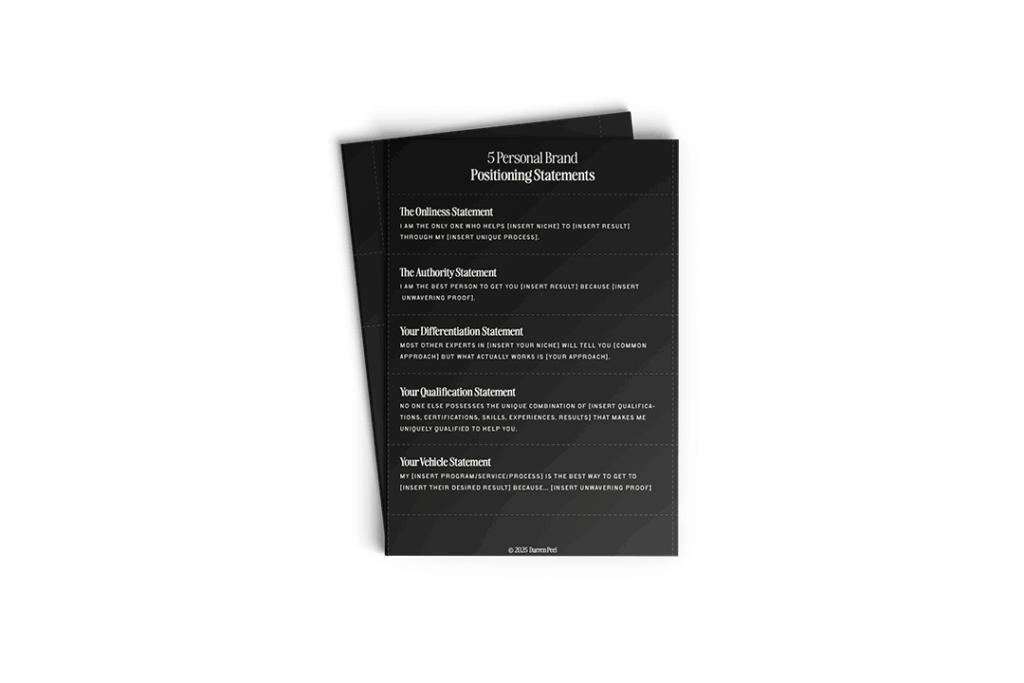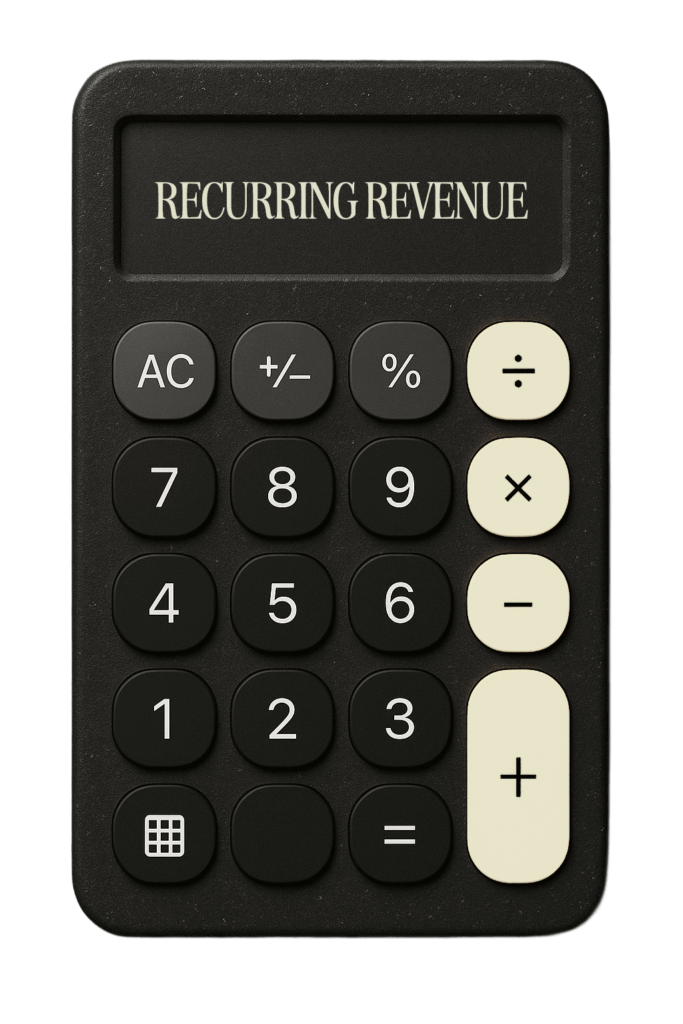If you think building a 7-figure personal brand requires special talent or insider connections, then you’re missing the systematic approach that actually works. In fact, after analyzing hundreds of successful personal brands, there are exactly 10 elements that every 7-figure earner has in common—and most struggling entrepreneurs are missing at least half of them.
Most coaches, consultants, and course creators hit an invisible ceiling around the 6-figure mark. They’re working harder than ever, creating endless content, and still struggling to break through to consistent 7-figure revenue. The difference isn’t talent or luck—it’s implementing specific structural elements that create exponential rather than linear growth.
This comprehensive guide reveals the exact 10-element framework that separates 6-figure earners from 7-figure authorities. Based on behind-the-scenes analysis of hundreds of successful personal brands, you’ll discover the systematic approach to building a personal brand that commands premium prices and attracts ideal clients automatically.
What is a 7-Figure Personal Brand?
A 7-figure personal brand is a business built around an individual’s expertise that generates over $1 million in annual revenue. Unlike traditional businesses that rely on products or services alone, these brands leverage the founder’s personal authority, unique methodology, and systematic approach to solve specific problems for a defined audience. The key differentiator is that 7-figure personal brands don’t compete on crowded playing fields—they create their own category where they’re the obvious number one choice.
Why These 10 Elements Matter
The distinction between 6-figure and 7-figure personal brands isn’t about working harder—it’s about implementing specific systems that create leverage and scalability. Research shows that 91% of consumers trust testimonials as much as personal recommendations, and it takes an average of 8 touchpoints before someone becomes a paying client. These 10 elements work together to create a systematic approach that turns expertise into authority and authority into revenue.
The most successful personal brands understand that pricing is positioning, content creation must be systematic rather than sporadic, and delivery models need to be designed with scalability in mind from the beginning. Each element reinforces the others, creating a compounding effect that makes 7-figure revenue not just possible but inevitable.
How to Build a 7-Figure Personal Brand: The 10 Essential Elements
1. Unmistakable Positioning
What it is: Position yourself around the specific transformation you deliver, not what you do.
Why it matters: Most personal brands position themselves around generic services like “business coaching” or “marketing consulting.” Seven-figure brands position themselves around specific problems they solve and transformations they create.
How to implement: Use the positioning formula: “I help [specific audience] achieve [specific outcome] without [common pain point].” Instead of saying “I help coaches,” say “I help e-commerce brands double their conversion rates in 90 days without increasing ad spend.”
Common mistakes to avoid:
- Using vague positioning statements
- Competing in crowded marketplaces
- Focusing on what you do instead of results you deliver
2. Premium Pricing Structure
What it is: Implement flagship offers priced between $5,000-$25,000 to attract premium clients.
Why it matters: You cannot reach 7-figures by undercharging. The math simply doesn’t work unless you want to burn yourself out serving hundreds of clients. When you charge premium rates, you attract premium clients who take action and get results.
How to implement: Structure your services as high-value transformations rather than hourly consultations. Focus on the outcome and transformation rather than time invested.
Pricing psychology: Premium pricing creates what economists call “Veblen goods”—products where demand increases as price increases because exclusivity becomes part of the value proposition.
3. Omnipresent Content System
What it is: Build a strategic distribution network that repurposes one piece of pillar content into 20+ pieces of micro-content across multiple platforms.
Why it matters: Average creators just publish content. Seven-figure personal brands build content systems that ensure consistent visibility across multiple touchpoints.
Key components:
- Weekly pillar content creation (long-form video, podcast, or blog post)
- Systematic repurposing across platforms
- Team-based distribution strategy
- Long-term nurturing approach rather than viral-focused tactics
4. Client Results System
What it is: Create a systematic approach to documenting and showcasing client transformations through metrics, case studies, and strategic testimonial placement.
Why it matters: Seven-figure personal brands aren’t just good at getting results—they’re exceptional at documenting and leveraging client success stories as their most powerful marketing assets.
The Testimonial Acceleration Framework:
- Clearly defined success metrics from day one
- Structured check-ins to document progress
- Case study creation systems that turn wins into compelling stories
- Strategic placement of these stories across all marketing touchpoints
5. Scalable Delivery Model
What it is: Design service delivery systems that allow you to serve more clients without proportionally increasing your workload.
Why it matters: You can typically work harder to get to 6-figures, but reaching 7-figures requires scalability. If your delivery is tied directly to your time, you’ll hit a ceiling.
Scalable delivery options:
- Group coaching programs instead of only 1:1 services
- Digital products that complement high-touch services
- Team members who handle specific aspects of delivery
- Systems and SOPs that standardize quality
6. Strategic Network
What it is: Intentionally build relationships with peer mentors, industry leaders, and strategic partners who serve your same audience in complementary ways.
Why it matters: Every 7-figure earner has a close network of other high-performers. This creates what Jordan Peterson calls “competence hierarchies” where associating with high performers naturally elevates your own standards and opportunities.
Network building strategies:
- Invest in masterminds where other high-income earners participate
- Focus on adding value first in every relationship
- Allocate specific time each week for relationship building
7. Intellectual Property Framework
What it is: Package your expertise into proprietary frameworks, methodologies, and systems with distinctive names that only you own and teach.
Why it matters: These frameworks differentiate you from competitors, make your expertise more tangible, create language that clients associate specifically with you, and protect you from becoming commoditized.
Framework benefits:
- Creates unique positioning in the marketplace
- Makes complex concepts easier to understand and teach
- Establishes intellectual property you can license or scale
- Builds brand recognition and recall
8. Lead Generation Engine
What it is: Implement automated systems that attract, qualify, and nurture prospects 24/7 through value-first funnels and strategic lead magnets.
Why it matters: Average personal brands hunt for clients. Seven-figure personal brands build systems that attract qualified prospects automatically while they sleep.
The Fame Machine System:
- Top of funnel: High-value free content that demonstrates expertise
- Middle of funnel: Strategic conversion mechanisms that turn audience into leads
- Bottom of funnel: Content and testimonials that convert interested prospects into paying clients
9. Personal Brand Visual Identity
What it is: Develop a cohesive visual system including professional photography, consistent colors and typography, and high-quality production that reflects your premium positioning.
Why it matters: Research shows it takes just 2.6 seconds for viewers to form a first impression based on visual elements. Visual quality signals service quality.
Visual identity components:
- Professional photography that conveys brand positioning
- Consistent color schemes and typography across platforms
- Distinctive graphic elements for instant recognition
- High-quality video production standards
- Seamless user experiences on websites and sales pages
10. Team and Systems
What it is: Build the right team and operational systems to handle everything except your highest-value activities: being the face of the brand, developing IP, delivering expertise, and building key relationships.
Why it matters: It’s nearly impossible to reach 7-figures as a true solopreneur. The math simply doesn’t work, and you’ll burn out before achieving sustainable success.
Essential team roles:
- Content production and distribution
- Lead generation and nurturing
- Client onboarding and support
- Website design and marketing
- Financial management and operations
Types of 7-Figure Personal Brand Models
The Expert Authority Model
Focuses on deep expertise in a specific niche, positioning the founder as the go-to authority. Examples include industry analysts, specialized consultants, and niche coaches.
The Transformation Guide Model
Centers around helping clients achieve specific transformations. Often includes before/after case studies and systematic methodologies. Common in health, wealth, and relationship coaching.
The Thought Leader Model
Builds around innovative thinking and contrarian viewpoints. These brands often challenge conventional wisdom and introduce new frameworks to their industry.
Best Practices for Building Your 7-Figure Personal Brand
Do’s:
- Start with premium positioning and pricing from the beginning
- Document every client success story systematically
- Invest in visual identity as a strategic business asset
- Build systems before you need them
- Focus on transformation and outcomes, not features and services
Don’ts:
- Undercharge for your expertise and time
- Try to be everything to everyone
- Rely solely on organic growth without systematic lead generation
- Attempt to scale without proper team and systems
- Neglect the importance of visual consistency and quality
Common Challenges and Solutions
Challenge 1: Impostor Syndrome at Premium Pricing
Solution: Focus on the transformation you deliver rather than comparing yourself to others. Price based on the value you create, not your confidence level. Why it works: Clients pay for results and outcomes, not your comfort level with pricing.
Challenge 2: Inconsistent Content Creation
Solution: Implement a systematic content repurposing strategy with team support rather than trying to create everything from scratch. Why it works: Systems create consistency, and consistency builds authority over time.
Challenge 3: Difficulty Scaling Personal Delivery
Solution: Separate your unique expertise from deliverable components that can be systematized or delegated. Why it works: This allows you to focus on high-value activities while maintaining quality and scale.
Tools and Resources
Essential Marketing Tools:
- ConvertKit or ActiveCampaign: Email marketing automation and lead nurturing
- Leadpages or ClickFunnels: Landing page creation and conversion optimization
- Canva or Adobe Creative Suite: Visual content creation and brand consistency
Content Creation Tools:
- Loom or Riverside: High-quality video recording and production
- Buffer or Hootsuite: Social media scheduling and distribution
- Notion or Airtable: Content planning and team collaboration
Client Management Tools:
- Calendly or Acuity: Automated scheduling and client onboarding
- Zoom or Demio: Virtual delivery and group coaching
- Stripe or PayPal: Payment processing and subscription management
Frequently Asked Questions
Q: How long does it take to build a 7-figure personal brand? A: Most successful brands take 2-3 years to reach consistent 7-figure revenue, though some achieve it faster with proper systems and premium positioning from the start.
Q: Do I need a large social media following to build a 7-figure personal brand? A: No, audience size matters less than audience quality and engagement. Many 7-figure brands have smaller, highly engaged audiences of ideal clients.
Q: Can I build a 7-figure personal brand without paid advertising? A: While possible, most 7-figure brands eventually incorporate paid advertising to scale their lead generation and reach their revenue goals faster.
Q: What’s the most important element to focus on first? A: Start with unmistakable positioning and premium pricing structure, as these foundation elements influence every other aspect of your brand.
Q: How do I know if my pricing is too high or too low? A: If you’re consistently booking calls but clients aren’t converting, your pricing might be too high. If you’re booked solid but struggling to reach revenue goals, your pricing is likely too low.
Q: Should I focus on one platform or be omnipresent from the start? A: Start with one primary platform for content creation, then systematically repurpose that content across other platforms rather than trying to create original content everywhere.
Q: How important is having a team versus doing everything myself? A: Essential for reaching 7-figures. Start by hiring for content creation and client support, then expand as revenue grows.
Q: What if I don’t have any client results to showcase yet? A: Start by offering your services at a reduced rate or for free to a small group of ideal clients in exchange for detailed case studies and testimonials.
Key Takeaways
- Premium positioning and pricing are non-negotiable for reaching 7-figure revenue without burnout
- Systems create scalability – everything from content creation to client delivery must be systematized
- Visual identity signals credibility and directly impacts client perception and willingness to pay premium prices
- Team and delegation are essential – you cannot reach 7-figures as a true solopreneur
- Client results are your most powerful marketing asset – invest in systematic documentation and showcasing
Next Steps
Immediate Actions:
- Audit your current positioning using the “I help [specific audience] achieve [specific outcome] without [common pain point]” formula
- Evaluate your pricing structure against the $5,000-$25,000 flagship offer benchmark
- Document your unique methodology or framework that differentiates you from competitors
Long-term Strategy:
- Build a systematic content repurposing workflow with team support
- Implement the Testimonial Acceleration Framework to document all client results
- Create a scalable delivery model that isn’t tied directly to your time
The path to building a 7-figure personal brand isn’t about working harder—it’s about implementing these 10 systematic elements that create leverage, scalability, and premium positioning. Start with the foundations of positioning and pricing, then systematically build each element until you’ve created a personal brand that generates 7-figure revenue while giving you the freedom and impact you deserve.



